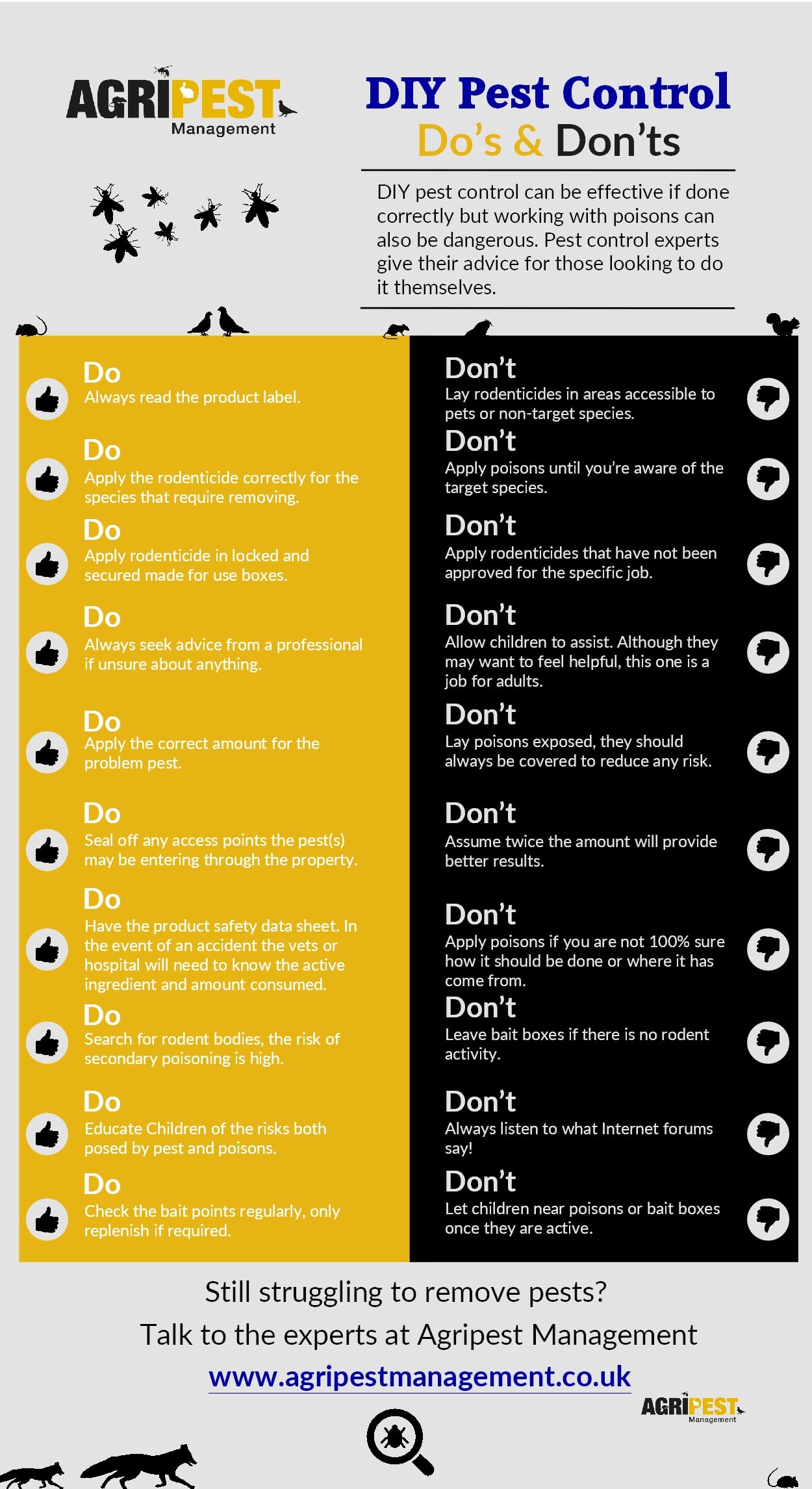Tips For Homeowners To Maintain Rodents Out Of Their Attics
Tips For Homeowners To Maintain Rodents Out Of Their Attics
Blog Article
Content Author-Austin Garza
Picture your attic room as a relaxing Airbnb for rats, with insulation as fluffy as hotel pillows and electrical wiring extra luring than area service. Currently, picture these undesirable visitors tossing a wild celebration in your home while you're away. As a property owner, guaranteeing your attic room is rodent-proof is not practically satisfaction; it's about shielding your residential or commercial property and loved ones. So, what easy steps can you take to protect your refuge from these hairy intruders?
Evaluate for Entry Information
To start rodent-proofing your attic, check for entry points. Start by very carefully taking a look at the outside of your home, looking for any type of openings that rodents could utilize to get to your attic. Check for gaps around energy lines, vents, and pipes, as well as any kind of cracks or openings in the structure or siding. See to spider treatment for yard to pay attention to locations where various structure materials satisfy, as these are common entrance factors for rodents.
In addition, check the roofing for any harmed or missing tiles, as well as any type of gaps around the sides where rodents might squeeze via. Inside the attic, try to find indicators of existing rodent task such as droppings, chewed wires, or nesting materials. Make use of a flashlight to completely inspect dark corners and covert spaces.
Seal Cracks and Gaps
Evaluate your attic room completely for any splits and spaces that need to be secured to prevent rats from getting in. Rats can squeeze through also the smallest openings, so it's critical to seal any type of potential entry factors. Inspect around pipes, vents, cables, and where the walls fulfill the roof. Use a combination of steel wool and caulking to seal off these openings successfully. outdoor ants is an outstanding deterrent as rodents can not chew via it. Make certain that all voids are tightly sealed to reject access to unwanted parasites.
Do not overlook source web page of securing spaces around doors and windows too. Use climate removing or door sweeps to seal these areas efficiently. Check the locations where energy lines go into the attic room and seal them off utilizing an ideal sealer. By making the effort to secure all cracks and gaps in your attic, you develop an obstacle that rats will find tough to violation. Prevention is type in rodent-proofing your attic, so be complete in your efforts to seal any type of prospective access points.
Get Rid Of Food Resources
Take proactive steps to eliminate or save all possible food resources in your attic to discourage rats from infesting the space. Rodents are attracted to food, so eliminating their food resources is essential in keeping them out of your attic room.
Right here's what you can do:
1. ** Store food securely **: Avoid leaving any type of food items in the attic room. Store all food in airtight containers made from metal or heavy-duty plastic to avoid rats from accessing them.
2. ** Clean up debris **: Remove any kind of heaps of debris, such as old newspapers, cardboard boxes, or timber scraps, that rats might make use of as nesting product or food sources. Maintain the attic clutter-free to make it much less enticing to rats.
3. ** Dispose of garbage correctly **: If you use your attic room for storage space and have trash or waste up there, see to it to dispose of it regularly and correctly. Rotting garbage can attract rats, so keep the attic room clean and free of any type of organic waste.
Verdict
Finally, bear in mind that an ounce of prevention deserves an extra pound of cure when it involves rodent-proofing your attic room.
By taking the time to examine for entrance factors, seal fractures and spaces, and eliminate food resources, you can keep undesirable insects away.
Bear in mind, 'An ounce of prevention deserves a pound of remedy' - Benjamin Franklin.
Keep aggressive and secure your home from rodent infestations.
